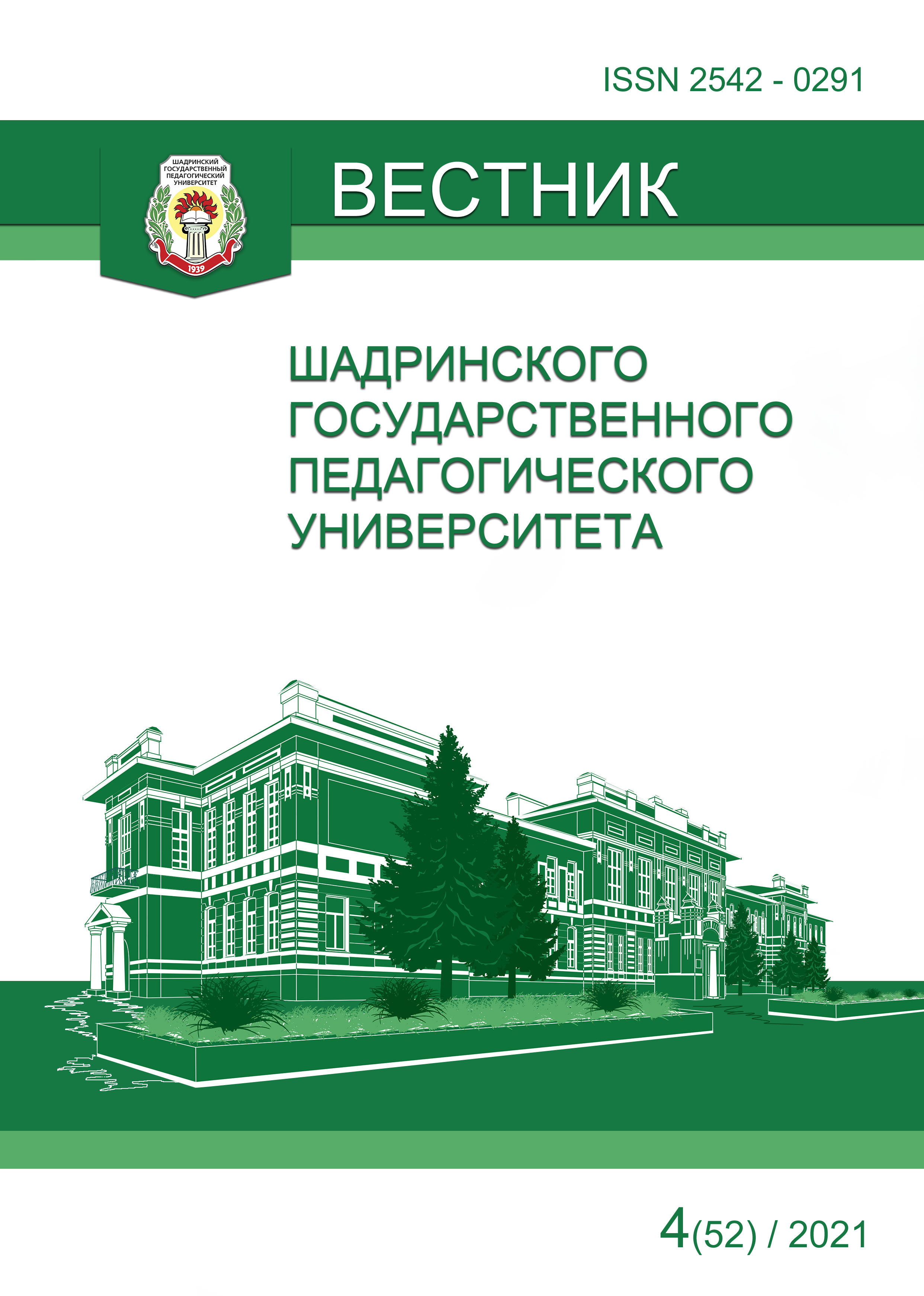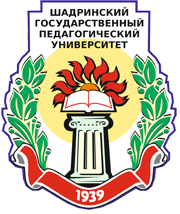Проектирование цифрового следа реализации индивидуальных образовательных траекторий
Designing a digital footprint for the implementation of individual educational routes
Аннотация
Статья посвящена вопросам сбора и анализа цифрового следа в условиях индивидуализации и цифровизации обучения в организациях дополнительного образования. Авторы на основании анализа теоретических основ проектирования индивидуальных образовательных траекторий представляют обобщенную модель обучения конструированию с опорой на диагностику обучающихся и анализ цифрового следа. Особое внимание уделяется описанию возможных реализаций различных образовательных маршрутов обучающихся как при изучении курса конструирования Куборо в целом, так и внутри отдельной темы курса. Выбор образовательной траектории проектируется исходя из цифрового следа обучающегося. В статье описываются источники данных цифрового следа при обучении конструированию, цифровые инструменты сбора цифрового следа, представлены примеры цифрового следа при обучении конструированию Куборо. Полученные выводы могут быть масштабированы на процессы обучения в области общего, среднего и профессионального образования.
Abstract: The article is devoted to the collection and analysis of the digital footprint in the conditions of individualization and digitalization of education in additional education organizations. Based on the analysis of the theoretical foundations of designing individual educational trajectories, the authors present a generalized model of design training based on the diagnosis of students and the analysis of the digital footprint. Particular attention is paid to the description of possible implementations of various educational routes of students both when studying the course of designing Kuboro as a whole and within a separate topic of the course. The choice of the educational trajectory is designed based on the digital footprint of the student. The article describes the sources of digital footprint data in design training, digital tools for collecting digital footprint, and provides examples of digital footprint in Cuboro design training. The findings can be scaled to the learning processes in the field of general, secondary and vocational education.






